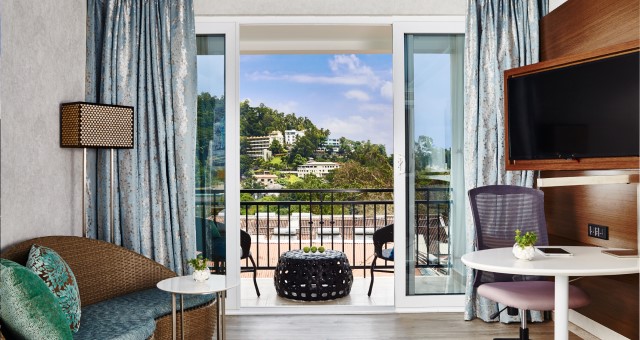The Australasian hotel outlook for 2022-2023 is positive as the return of travel brings confidence and continued market investment. Here, Radisson Hotel Group Managing Director, Australasia Business Unit, Mark Bullock, shares why the business is focusing on upper-midscale and lifestyle brands and discusses opportunities in the serviced apartments segment.
As tourism and markets take an uptick, a similar trend is seen with Radisson Hotel Group. We are moving forward with confidence as we aim to capitalise on the rebound of leisure and corporate travel in Australasia.
We are witnessing rising demand from owners and developers for all our brands, driven by a healthy mix of organic growth, the potential for mergers and acquisitions and franchise opportunities, and our owners have access to a collection of brands that address the different market mix and segments. Our Australasian growth strategy will be driven by our new local development office in Sydney, which will offer expert on-the-ground support to our partners.
While our portfolio of brands ranges all the way from midscale to luxury, Radisson Hotel Group is especially focusing on upper-midscale and lifestyle brands such as Park Inn by Radisson and Radisson RED, which we believe are well suited to the needs of the Australasia market. Radisson Individuals is gaining extremely good traction globally; this soft brand, which can be localised to suit its destination, is helping us to successfully enter new markets such as Papua New Guinea.
We are also aiming to tap the potential of new market segments such as branded serviced apartments, with strong potential for this model in the upscale and midscale segments. This is something we will explore further with our partners in future.
The global recovery of travel and hospitality is now well underway, and Asia Pacific is leading the way. Travel demand to Australia surged as borders reopened, and the Asian Development Bank has forecasted that Asia Pacific will be the first region to reach pre-pandemic levels of travel spending.

